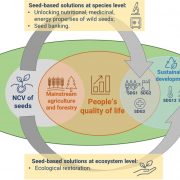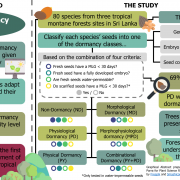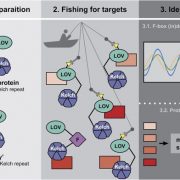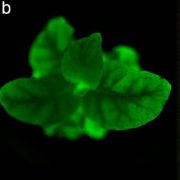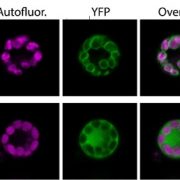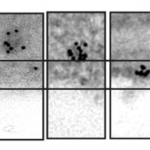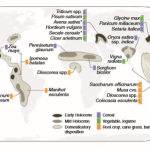Review: Delayed luminescence of seeds: are shining seeds viable? (Seed Sci. Technol.)
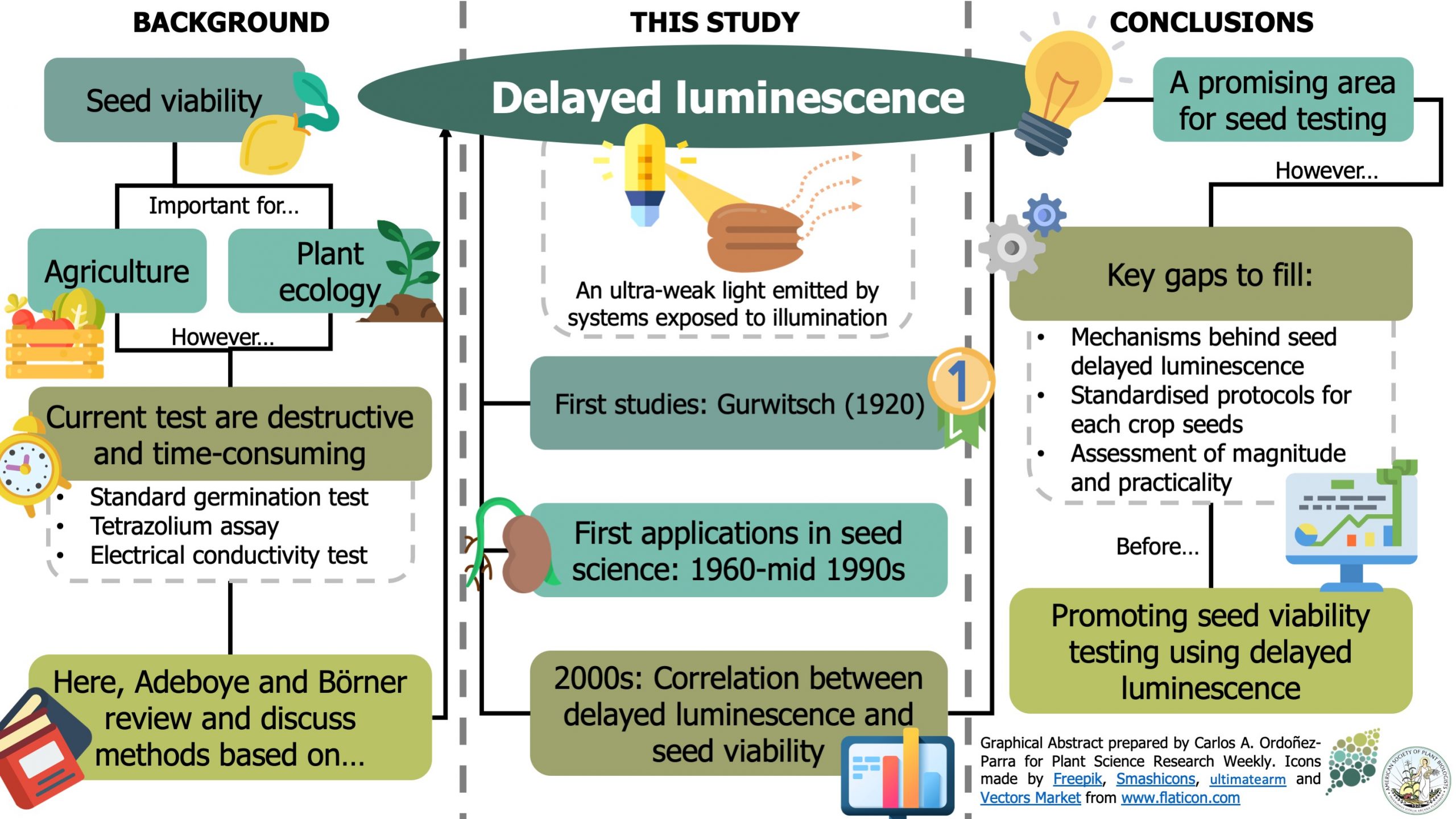 Most of the current methods for assessing seed viability are time-consuming and destructive. As an alternative, some authors have suggested using procedures based on delayed luminescence; an ultra-weak light emitted by biological materials exposed to illumination. Here, Adeboye and Börner review the history of seed viability testing, the milestones in the study of delayed luminescence, and future directions to start using it in seed science. The authors track the study of delayed luminescence to 1920 and its first applications in seed science between 1960 and the mid-1990s. Then, they show how, since the 2000s, some studies found significant correlations between different aspects of delayed luminescence (i.e., intensity, spectra, and time) and seed viability. The authors argue that the study of delayed luminescence in seeds is a promising area and outline some gaps that need to be addressed before validating this technique for seed testing. (Summary by Carlos A. Ordóñez-Parra) Seed Sci. Technol. 10.15258/sst.2020.48.2.04
Most of the current methods for assessing seed viability are time-consuming and destructive. As an alternative, some authors have suggested using procedures based on delayed luminescence; an ultra-weak light emitted by biological materials exposed to illumination. Here, Adeboye and Börner review the history of seed viability testing, the milestones in the study of delayed luminescence, and future directions to start using it in seed science. The authors track the study of delayed luminescence to 1920 and its first applications in seed science between 1960 and the mid-1990s. Then, they show how, since the 2000s, some studies found significant correlations between different aspects of delayed luminescence (i.e., intensity, spectra, and time) and seed viability. The authors argue that the study of delayed luminescence in seeds is a promising area and outline some gaps that need to be addressed before validating this technique for seed testing. (Summary by Carlos A. Ordóñez-Parra) Seed Sci. Technol. 10.15258/sst.2020.48.2.04


